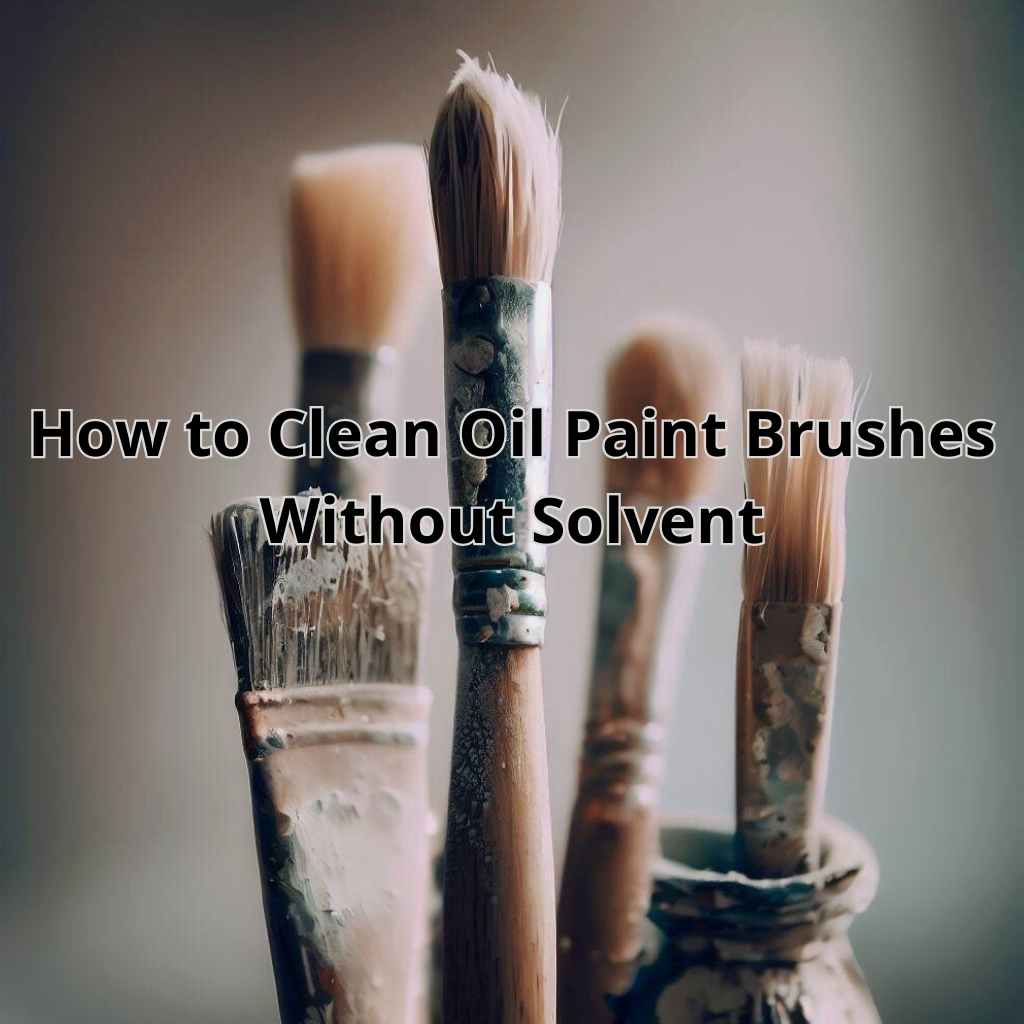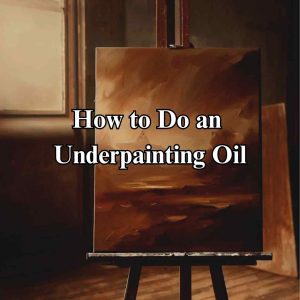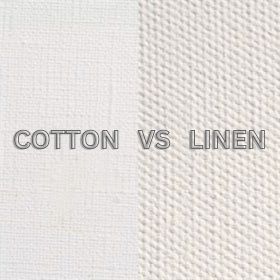Are you tired of struggling to clean your oil paint brushes with harsh solvents? Also at the thought of using toxic chemicals that not only harm your brushes but also pose a threat to the environment? If so, how to clean oil paint brushes without solvent is the solution you’ve been searching for.
In this comprehensive guide, we will delve into the world of eco-friendly and effective methods to rejuvenate your beloved brushes, free from harmful solvents.
Get ready to unlock the secrets of brush maintenance that will not only extend the longevity of your brushes but also contribute to a greener and more sustainable artistic practice.
Oil Paint Residue
Oil paint can be notoriously challenging to remove from brushes due to its sticky and viscous nature. The pigments and binders in oil paints tend to cling to the bristles, making thorough cleaning a necessity. Unlike water-based paints, oil paints contain binders and pigments suspended in oil, which can dry and harden over time.
Moreover, solvents used in traditional cleaning methods can cause damage to both the brushes and the environment, necessitating the exploration of alternative options.
Removing Excess Paint
When it comes to cleaning oil paint brushes, the first step is to remove any excess paint before delving into the cleaning process.
There are two effective methods for removing excess paint: wiping it off with a cloth or paper towel, and using a palette knife to scrape off dried paint.
Wiping off excess paint with a cloth or paper towel
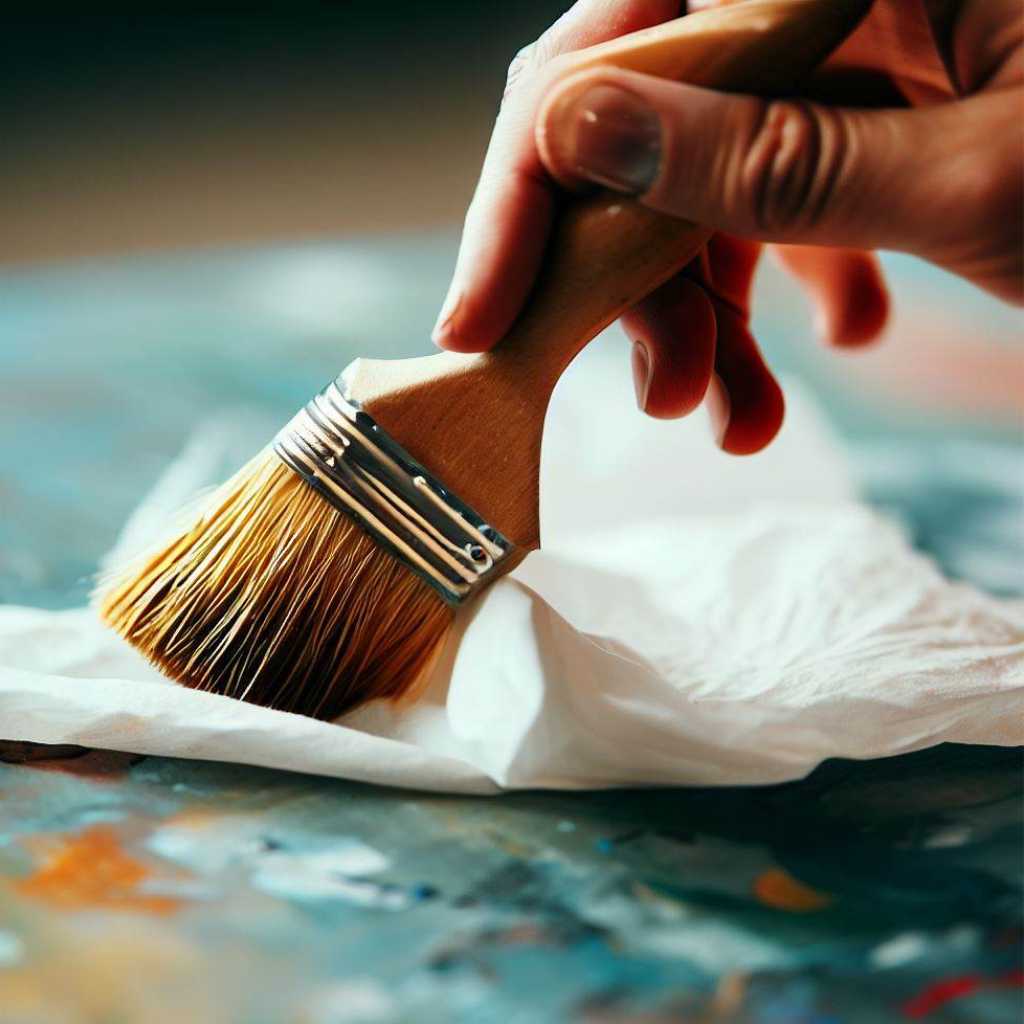
To start, take a clean cloth or paper towel and gently wipe the bristles of the brush to remove as much paint as possible. This method works best for wet paint that hasn’t fully dried yet.
Make sure to use a gentle dabbing or blotting motion rather than rubbing, as rubbing can push the paint deeper into the bristles.
Using a palette knife to scrape off dried paint
If you’re dealing with dried paint on your brush, a palette knife comes in handy. Take a sturdy palette knife and carefully scrape off the dried paint from the bristles. Be gentle and avoid using excessive force that could damage the bristles.
Work your way from the base of the bristles toward the tip, gradually loosening the dried paint. It may take some patience and multiple passes to remove all the paint.
How to Clean Oil Paint Brushes Without Solvent: Methods
After removing the excess paint from the brushes, you can use any of the following alternative ways to clean your brushes without resorting to harsh chemicals.
Cleaning with Vegetable Oil
One effective solvent-free method involves using vegetable oil to clean your brushes. Here’s how to do it-
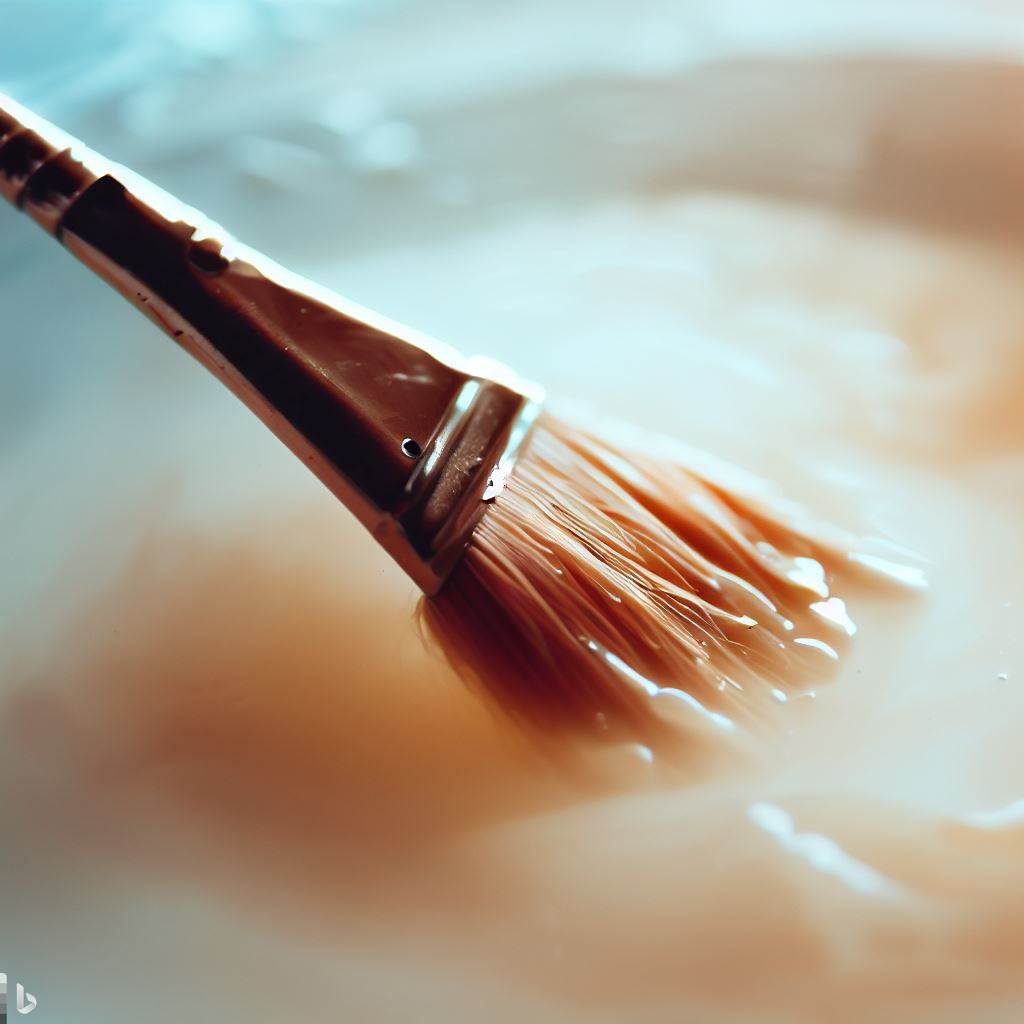
- Soaking brushes in vegetable oil: Begin by soaking the brushes in a container filled with vegetable oil. Allow them to soak for a few minutes to loosen the paint.
- Massaging the bristles to remove paint: Afterward, massage the bristles with your fingers, working the oil into the paint.
- Rinse with warm water and mild soap: Rinse the brushes under warm water while gently rubbing the bristles to remove the remaining paint. Finish by washing the brushes with mild soap to eliminate any residual oil.
Using Dish Soap and Water
Another solvent-free approach is to create a soapy cleaning solution. Here are the steps to clean the brushes with dish soap and water-
- Creating a soapy cleaning solution: Fill a container with warm water and add a few drops of dish soap, creating a mild soapy mixture.
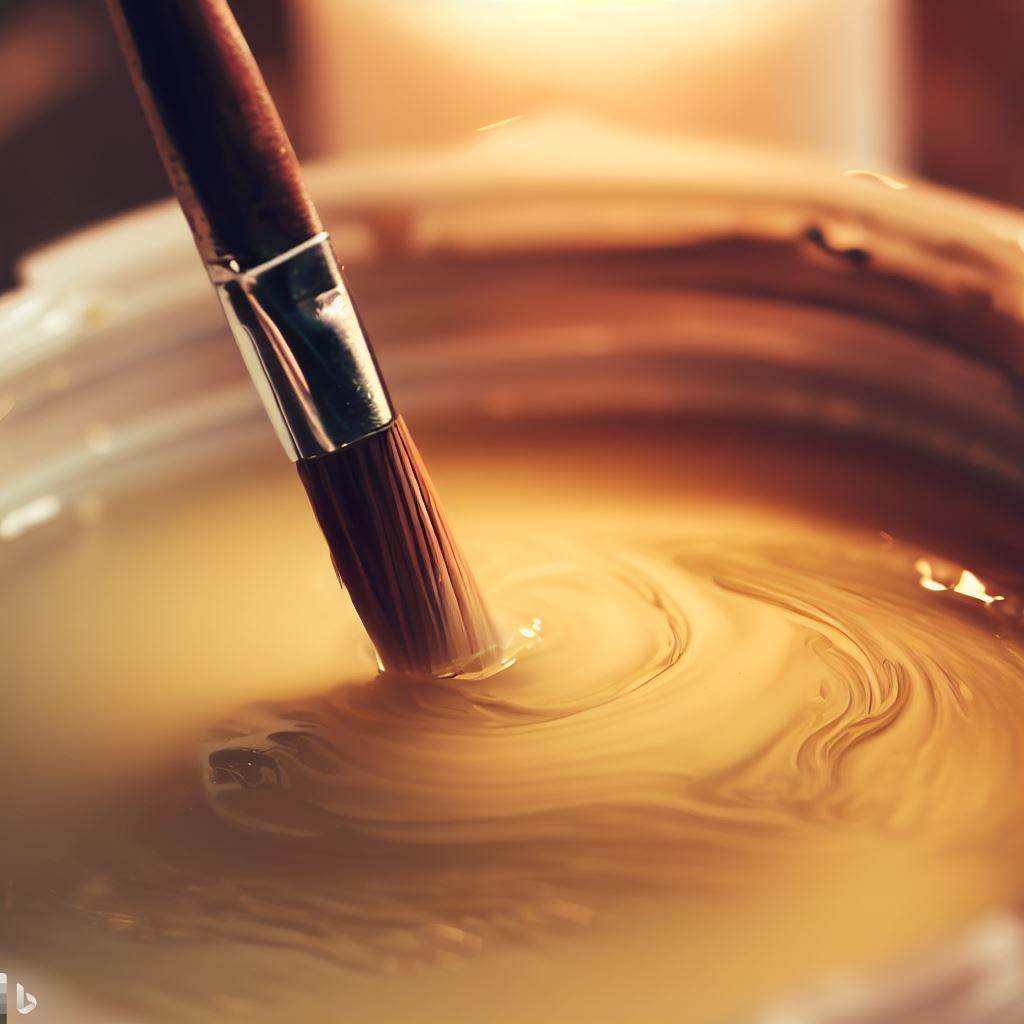
- Gently swirling brushes in the solution: Swirl the brushes in the solution, ensuring that the bristles are fully immersed. Gently agitate the bristles in a swirling motion to dislodge the paint particles.
- Rinsing thoroughly and reshaping bristles: Rinse the brushes thoroughly under running water while reshaping the bristles to their original form. Be sure to avoid leaving any soap residue on the brush.
Utilizing Vinegar and Water
Vinegar, a mild acid, can effectively dissolve dried oil paint while being a safer alternative to solvents. Follow these steps to clean your brushes using a vinegar solution-
- Mixing vinegar and warm water solution: Mix vinegar and warm water in a container to create an effective cleaning solution.
- Soaking brushes in the solution: Submerge the brushes in the solution and let them soak for several minutes. The acidity of the vinegar helps break down the paint.
- Agitating bristles to remove paint particles: After soaking, agitate the bristles by gently swirling them in the solution to dislodge any remaining paint particles.
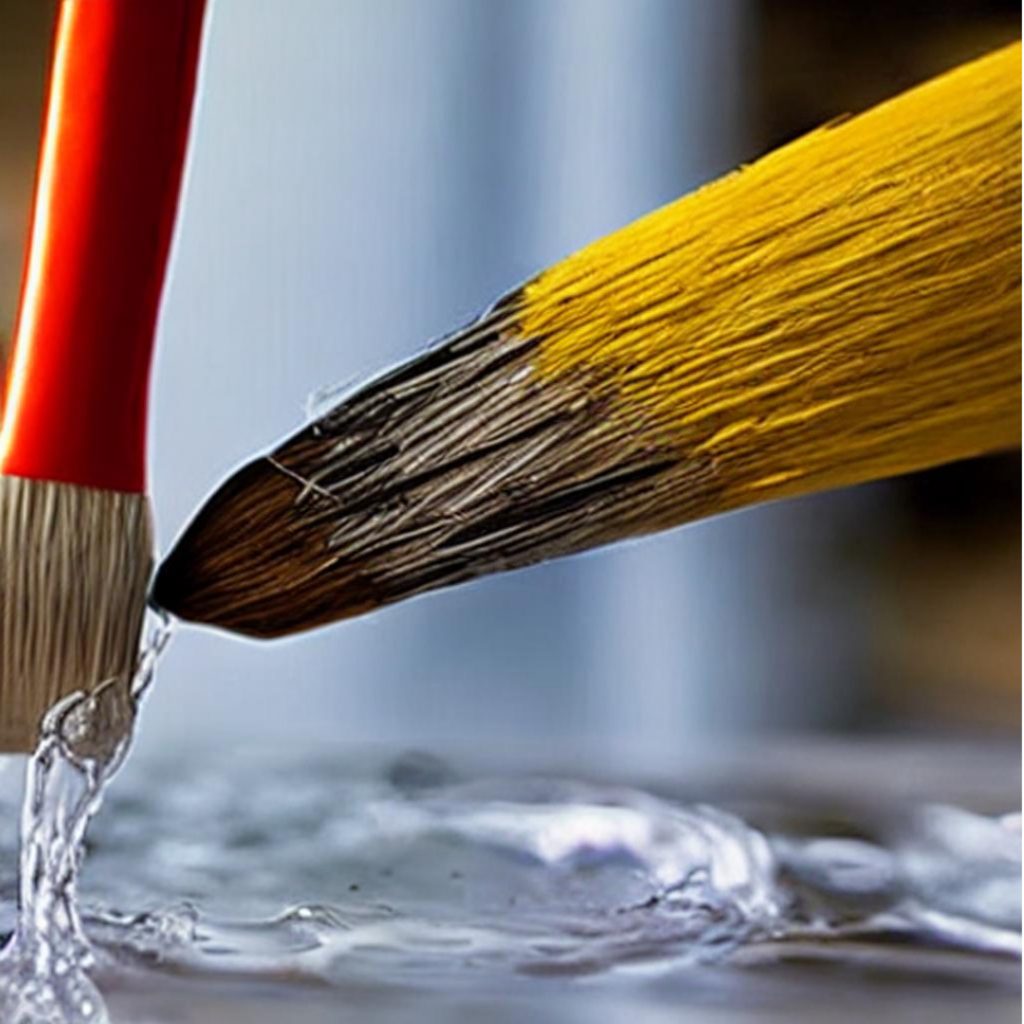
- Rinsing and reshaping bristles: Rinse the brushes under running water, ensuring that all the vinegar solution is removed. Reshape the bristles before proceeding to the drying process.
Using Murphy’s Oil Soap
Murphy’s Oil Soap serves as an excellent natural cleaning agent for oil paint brushes, breaking down the paint and preserving the bristles’ integrity. Follow these steps for using vegetable oil to clean your brushes-
- Diluting Murphy’s Oil Soap with water: Dilute Murphy’s Oil Soap with water according to the instructions on the bottle.
- Soaking brushes in the solution: Place the brushes in the solution and let them soak for a few minutes.
- Gently scrubbing bristles with a brush cleaner: Gently scrub the bristles using a brush cleaner or your fingers to loosen the paint. Pay special attention to the base of the bristles, where paint can accumulate.
- Rinsing and reshaping bristles; Rinse the brushes thoroughly under running water, reshaping the bristles as needed.
Cleaning with Baby Shampoo
Baby shampoos are natural cleansers without any harsh chemicals. Here are how to clean brushes using baby shampoo-
- Creating a gentle cleaning solution: To create a gentle cleaning solution, mix a small amount of baby shampoo with warm water in a container.
- Soaking brushes in the solution: Soak the brushes in the solution for a few minutes to allow the shampoo to break down the paint.

- Gently massaging bristles to loosen paint: Gently massage the bristles with your fingers, working the shampoo into the paint to facilitate its removal.
- Rinsing and reshaping bristles: Rinse the brushes thoroughly under running water while reshaping the bristles to their original form.
Using Fabric Softener
Fabric softener, known for its ability to break down oils and residues, can be a surprising yet effective tool for cleaning oil paint brushes. Here’s how to use fabric softener in your brush cleaning routine-
- Prepare the solution: Prepare a solution by mixing one part fabric softener with four parts water in a container.
- Soak the brushes: Submerge the brushes in the solution, making sure the bristles are fully covered. Allow the brushes to soak for approximately 10 to 15 minutes.
- Agitating bristles: Gently agitate the bristles in the solution, helping to dislodge the paint residue.
- Rinsing and drying: Rinse the brushes thoroughly under running water to remove the fabric softener and any remaining paint. Dry the brushes completely by reshaping the bristles and allowing them to air dry.
Alcohol-Based Cleaners
Alcohol-based cleaners offer another solvent-free option for effectively cleaning oil paint brushes. Here’s how to use them-
- Applying cleaner to a cloth or paper towel: Choose an alcohol-based cleaner specifically designed for removing oil paint. Apply a small amount of the cleaner to a clean cloth or paper towel.
- Rubbing the bristles: Gently rub the bristles with the cloth, ensuring the cleaner reaches all parts of the brush. Continue rubbing until the paint starts to dissolve and transfer onto the cloth.
- Rinsing and drying: Rinse the brushes under running water to remove any remaining paint and cleaner. Dry the brushes completely by reshaping the bristles and allowing them to air dry.
How to Remove Stubborn Paint Buildup
When it comes to dealing with stubborn paint buildup on your oil paint brushes, a simple yet effective solution involves creating a paste with baking soda and water.

Here’s a step-by-step guide on how to remove stubborn paint buildup:
- Making a paste with baking soda and water: For brushes with stubborn paint buildup, a paste made from baking soda and water can be highly effective. Mix baking soda with a small amount of water to create a thick paste.
- Applying the paste & working the paste into the bristles: Apply the paste to the bristles and work it in using your fingers or a brush cleaner. The abrasive nature of the baking soda helps to loosen and remove the stubborn paint.
- Rinsing and reshaping bristles: Rinse the brushes under running water, ensuring that all the paste is removed, and reshape the bristles.
Drying and Reshaping Brushes
Once you have finished cleaning your oil paint brushes, it’s crucial to properly dry and reshape them to maintain their optimal condition.
Properly drying and reshaping your brushes will help prolong their lifespan, prevent bristle damage, and ensure optimal performance during your next painting session-

Blotting excess water with a towel: After cleaning, it is crucial to dry and reshape your brushes properly. Start by blotting the excess water from the bristles using a clean towel or paper towel.
Reshaping bristles to their original form: Gently squeeze and reshape the bristles to restore their original form. Avoid pulling or bending the bristles forcefully, as this can lead to damage or misshapen brushes.
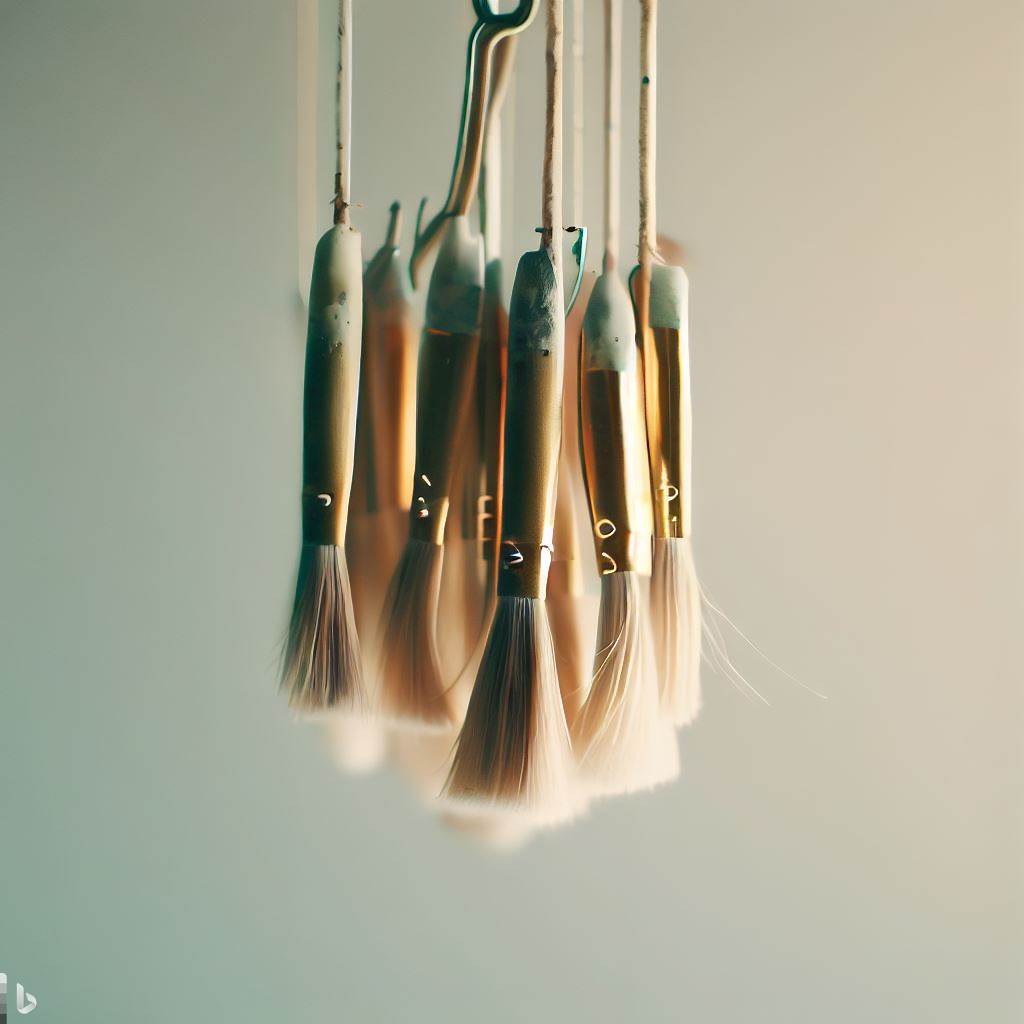
Allowing brushes to air dry completely: Place the brushes on a clean towel or hang them upside down to air dry completely before storing.
Maintaining Brushes for Longevity
To ensure the longevity of your oil paint brushes and keep them in excellent condition, proper maintenance is crucial. Here are three key practices for maintaining your brushes:
Storing brushes properly to prevent damage
Storing brushes properly is essential to prevent damage. After cleaning and drying, store them in a way that protects the bristles. Avoid placing them with the bristles facing down, as this can lead to deformation or bending.
Instead, store them upright or horizontally in a brush holder or container specifically designed for brushes. This prevents pressure on the bristles and helps maintain their shape over time.
Regularly cleaning brushes to avoid paint buildup
Regularly cleaning your brushes is another important aspect of maintenance. After each painting session, take the time to thoroughly clean your brushes.
By removing any paint residue, you prevent the buildup of dried paint that can be more challenging to remove later on.
Use the cleaning methods discussed earlier in this article, depending on your preference and the materials you have available.
Using brush protectors or sleeves for added protection
To provide added protection for your brushes, consider using brush protectors or sleeves. These are specially designed covers that fit over the bristles, shielding them from dust, moisture, and accidental damage.
Brush protectors are particularly useful when transporting your brushes or storing them for extended periods. They help maintain the integrity of the bristles and ensure that your brushes are ready for use whenever inspiration strikes.
Troubleshooting Common Issues
While maintaining your oil paint brushes, you may encounter common issues that require troubleshooting. Here are some effective solutions for addressing these problems:
Restoring dried and stiff brushes
If your brushes have become dried and stiff, there are ways to revive them. Start by soaking the bristles in warm water or a brush cleaner solution for a few minutes. After soaking, gently massage the bristles with your fingers, working the water or cleaner through the bristles to loosen the paint.
Rinse the brush thoroughly under running water and reshape the bristles to their original form. Repeat the process if necessary until the bristles regain their flexibility.
Reviving frayed or split bristles
Over time, bristles can become frayed or split, affecting the brush’s performance.
To address this issue, carefully inspect the bristles and identify any damaged areas. Using a pair of fine scissors, trim the frayed or split bristles, making sure to cut at an angle to maintain a smooth and even brush shape.
Take caution not to trim too much, as this can shorten the bristles excessively. After trimming, rinse the brush under water, reshape the bristles, and allow the brush to dry completely.
Dealing with persistent paint residue
If you encounter persistent paint residue that is challenging to remove, there are additional steps you can take. One method is to repeat the cleaning process using your preferred solvent-free cleaning method discussed earlier in this article.
Allow the brushes to soak in the cleaning solution for a longer period, and gently agitate the bristles to dislodge the stubborn paint particles. Rinse the brushes thoroughly and reshape the bristles.
If the residue persists, you may need to consider using a specialized brush cleaner or seek guidance from a professional art supply store.
FAQs
- Will cleaning oil paint brushes without solvents affect their performance?
No, cleaning oil paint brushes without solvents will not negatively impact their performance. In fact, it can help maintain the integrity of the bristles and ensure better paint application in the long run.
- Can I use alternative oils like linseed oil or walnut oil for cleaning brushes instead of vegetable oil?
While alternative oils like linseed oil or walnut oil can be used to clean oil paint brushes, they are better suited for preserving and conditioning the brushes rather than removing paint residue. Vegetable oil is more effective for the initial cleaning process.
- Will cleaning oil paint brushes without solvents take longer than using solvents?
Cleaning oil paint brushes without solvents may require a bit more time and effort compared to using solvents. However, it offers the advantage of being safer for your brushes and the environment, making it a worthwhile investment.
- Can I reuse the cleaning solutions for multiple brush-cleaning sessions?
It is generally recommended to use fresh cleaning solutions for each brush cleaning session to ensure maximum effectiveness. Reusing old solutions may result in less efficient cleaning and may reintroduce paint residue to the brushes.
- Can I use hair conditioner or fabric softener to condition my oil paint brushes after cleaning?
While hair conditioner or fabric softener may seem like viable options for conditioning brushes, it is best to avoid them. These products may leave residue on the bristles, affecting paint application. Stick to proper brush conditioning products or natural oils like linseed oil for optimal results.
Conclusion
As we’ve now reached the final strokes of our artistic journey on how to clean oil paint brushes without solvent, we know it is not only possible but also beneficial for the brushes and the environment.
By exploring alternative cleaning methods, you have discovered effective ways to remove paint residue without relying on harsh solvents. Whether it’s using vegetable oil, dish soap, and water, vinegar and water solutions, or other gentle cleansers, you now have a toolbox of techniques at your disposal.
By adopting these solvent-free cleaning practices, you are not only extending the lifespan of your brushes but also embracing a sustainable approach to your artistry.
So, go forth and create masterpieces with confidence, knowing that you’re taking steps towards a cleaner and greener artistic journey.

